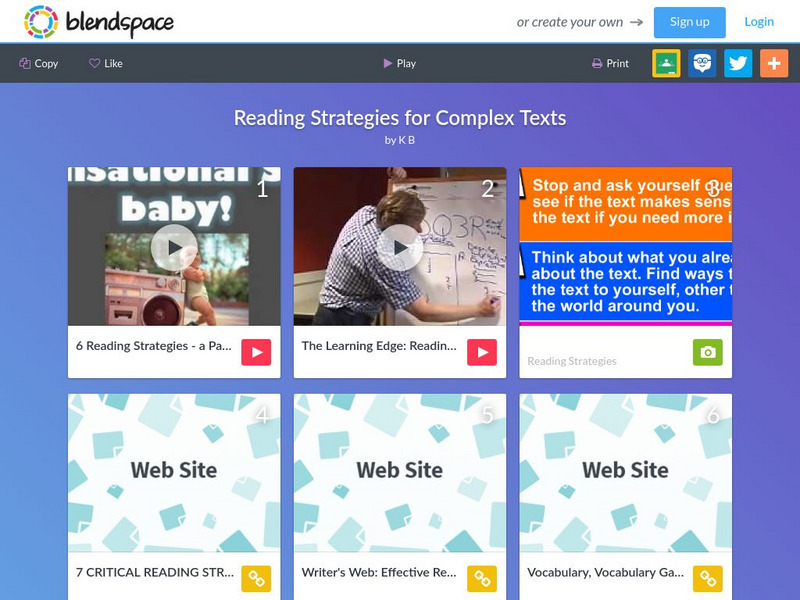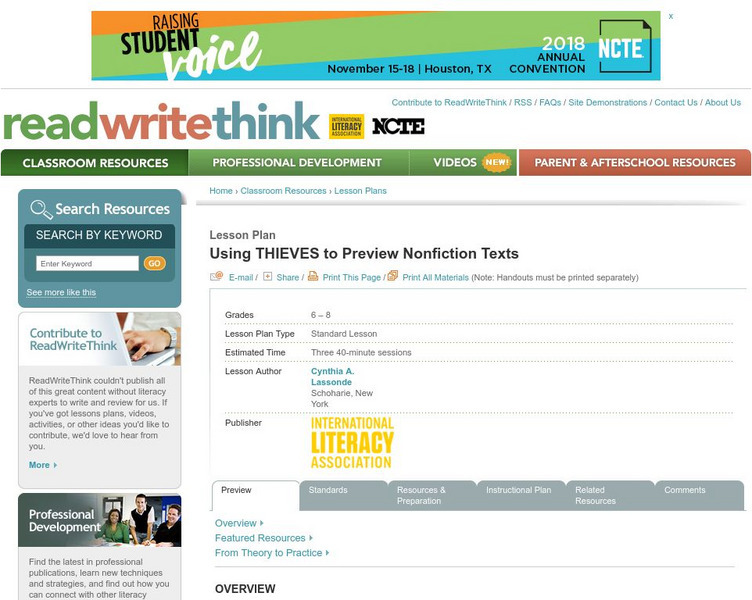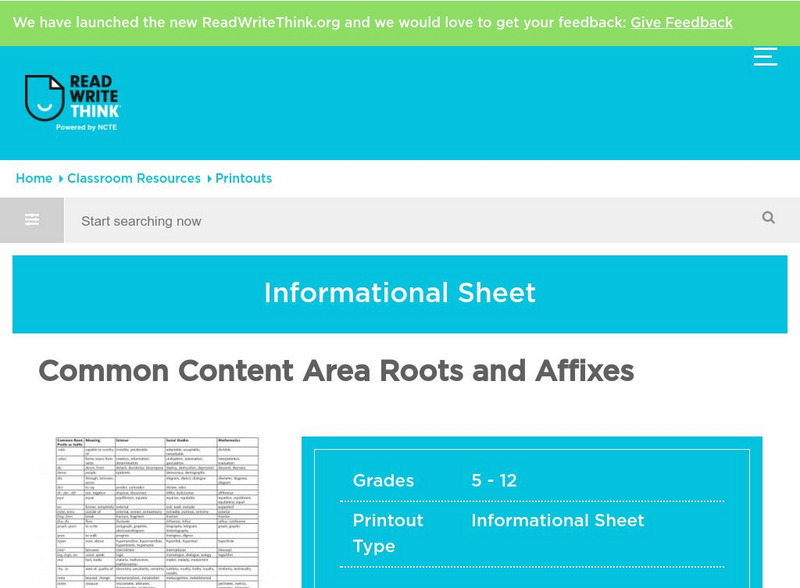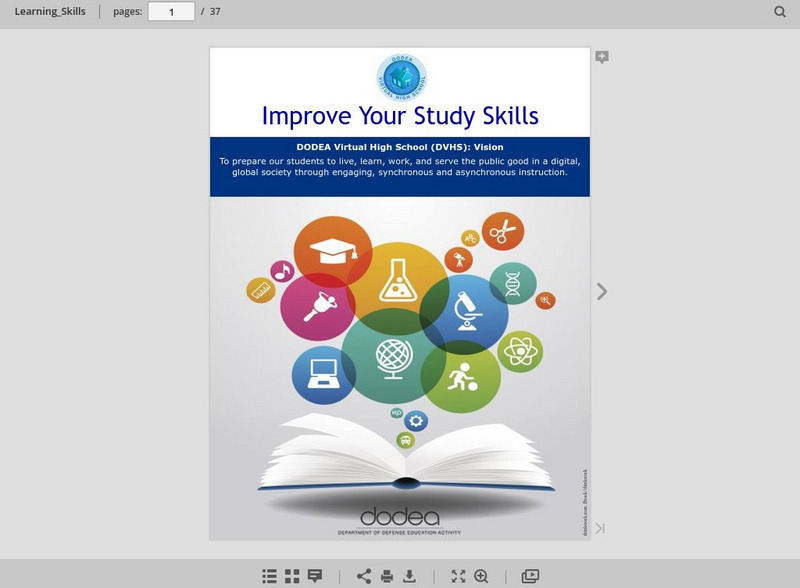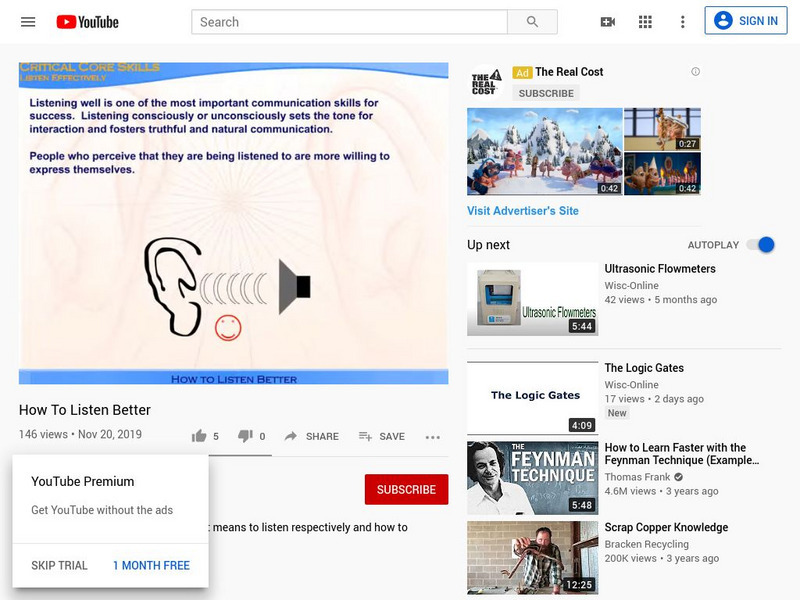EngageNY
TASC Transition Curriculum: Workshop 15
What do a cheetah, Audi commercial, and air have in common? They're all topics of an engaging inquiry-based, hands-on workshop for educators about background knowledge, reading strategies, the CER model, and argumentative writing. The...
EngageNY
TASC Transition Curriculum: Workshop 6
Is a college education necessary for success in today's world? The class investigates the question, along with others at the end of the sixth workshop in a 15-part series. The lesson has four parts with multiple activities and...
New York State Education Department
TASC Transition Curriculum: Workshop 4
Why is it important to use precise language? Participants explore this question in the fourth activity in a series of 15 on effective instruction. Perfect for all content areas, the activity promotes appropriate language choice through...
New York State Education Department
TASC Transition Curriculum: Workshop 11
You'll C-E-R a difference in classroom achievement after using a helpful lesson. Designed for economics, civics, government, and US history classes, participants practice using the CER model to craft arguments about primary and secondary...
New York State Education Department
TASC Transition Curriculum: Workshop 10
How have educational standards evolved? Educators of adults examine expectations in the 10th workshop out of 15 to better determine how standards have grown. Participants respond to a variety of sample questions to determine how they...
TES Global
Blendspace: Runners Active Reading Process
A nine-part learning module on using the acronym RUNNERS to learn active reading strategies through text, videos, a PowerPoint, a web link and a quiz.
Other
Ncrel: Reading Strategies: Before, During, and After [Pdf]
This page provides a detailed chart to aid students' understanding of texts. It goes through the steps of pre-reading, during reading, and after reading, outlining what students should be thinking about as they interact with a text. This...
Sophia Learning
Sophia: Reading Comprehension and Classroom Discussions
This tutorial focuses on active reading comprehension strategies including reading aloud, taking notes, summarizing, and writing in the margins of books to improve retention and class discussion. It includes two Flickr videos on active...
TES Global
Blendspace: Reading Strategies for Complex Texts
A nine-part learning module on reading strategies including links to videos, images, websites, and activities.
ReadWriteThink
Read Write Think: Using Thieves to Preview Nonfiction Texts
Contains plans for three lessons that introduce a nonfiction prereading strategy with the acronym THIEVES, which stands for Title, Headings, Introduction, Every first sentence, Visuals and vocabulary, End Questions, and Summary. In...
ReadWriteThink
Read Write Think: Anticipation Guide
Anticipating is an effective reading strategy for readers of all ages. Utilize this template and graphic organizer to help your students become better readers.
Mind Tools
Mind Tools: Reading Strategies
This site from Mind Tools reviews six different strategies to help you read more effectively. RI.11-12.10a Text Complexity
AdLit
Ad lit.org: Seven Strategies to Teach Students Text Comprehension
Comprehension strategies are conscious plans - sets of steps that good readers use to make sense of text. Comprehension strategy instruction helps students become purposeful, active readers who are in control of their own reading...
AdLit
Ad lit.org: Classroom Strategies: Monitoring/clarifying
The Monitoring/Clarifying strategy teaches students to recognize when they don't understand parts of a text and to take necessary steps to restore meaning. This technique is a component of the Reciprocal Teaching model in which teachers...
Other
Learning Enrichment:reading Skills in the Social Studies
Discussion of the critical reading skills needed in Social Studies, although the skills discussed can apply to a variety of areas. This is part of a larger site containing numerous lesson plans for Social Studies, and this page is really...
ClassFlow
Class Flow: Martin Luther King, Jr. Comprehension Activity
[Free Registration/Login Required] This lesson is geared for a comprehension activity for the book, "My Brother, Martin" by Christine King Farris (MLK Jr.'s sister). It is intended to be a comprehension lesson based around the reading...
Free Reading
Free Reading: Guess What I'm Thinking?: Initial Sound Accuracy
A version of the "20 Questions" game. The instructor tells the class he is thinking of something that starts with, for example, /b/. The students have to come up with what the teacher is thinking of.
ReadWriteThink
Read Write Think: Using Word Storms to Explore Vocabulary and Encourage Thinking
Contains plans for seven lessons about working dogs that teach critical thinking skills and a vocabulary strategy called Word Storms. In addition to objectives and standards, this instructional plan contains links to sites used in the...
ReadWriteThink
Read Write Think: Common Content Area Roots and Affixes
This table offers 50 or so common roots, prefixes, and suffixes, their definitions, and sample words in the content areas. L.9-10.4b Patterns/word changes
ClassFlow
Class Flow: Two Bad Ants Realism vs. Fiction Writing
[Free Registration/Login Required] This flipchart was designed to accompany Scott Foresman Reading- 3rd grade- Unit 6- Two Bad Ants by Chris Van Allsburg. It covers a variety of reading strategies, including making predictions, context...
Department of Defense
Do Dea: Improve Your Study Skills
Having trouble studying for tests or comprehending new material? This in-depth guide provides a multitude of ways to help you acquire reading and critical thinking skills necessary for understanding new material.
Wisconsin Response to Intervention Center
Wisconsin Rt I Center: Writing to Learn [Pdf]
Teachers will learn how to use Writing to Learn as a formative assessment tool. Teachers will learn how to implement the strategy, measure progress, and find research to support writing to learn. A list of Writing to Learn activities is...
Wisc-Online
Wisc Online: How to Listen Better
Students read a description of what it means to listen respectively. Then they write a brief action plan for becoming a better listener.
Library of Congress
Loc: Teachers: Personal Stories and Primary Sources
Students will explore the value of personal stories and first-hand accounts when exploring history, in this case, the events of the early twentieth century, which included World War I and the Great Depression. Through this five-unit...






![Ncrel: Reading Strategies: Before, During, and After [Pdf] Graphic Ncrel: Reading Strategies: Before, During, and After [Pdf] Graphic](https://static.lp.lexp.cloud/images/attachment_defaults/resource/large/FPO-knovation.png)

